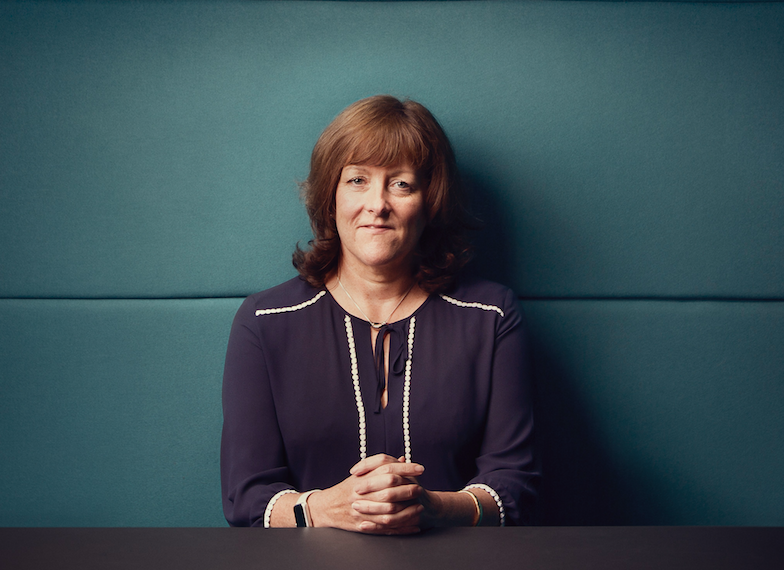Margaret Gilsenan, chief strategic officer of Boys+Girls shares her views on the importance of effectiveness in advertising and offers some tips on how the industry can deliver more effective marketing communications.
It’s an Effectiveness year, so for much of 2021 my head and heart have been firmly in the effectiveness space. So, not only have I been studying the theory I’ve also spent time judging international Effies including most recently the Global ‘Best of the Best’.
I want to start with a really important point. Effectiveness should not be a measure at the end of a campaign, it should be the driving force from the start. This is very regularly not the case. I would urge marketers to recognise that there is a difference between a business objective and a communications objective. The former can be achieved by any number of marketing mix levers – distribution, pricing, innovation, promotions etc. The latter should be something that communications can impact. For example, market share growth is not a communications objective, but changing an opinion of a brand to address a barrier that is stopping brand growth is (and an outcome of achieving that objective can be market share growth).
“That which is measured improves. That which is measured and reported improves exponentially.” (Karl Pearson, statistician.)
Years of experience and more recently judging Effies, has taught me that every brand has information, no matter how small the brand is, or how basic the data. With that information as a marketer, with the help of your agencies, you can set KPIs and measure real communications impact and ensure marketing spend is seen as a necessity, not an optional spend that can be cut at will.
Earlier this year WARC published a paper in its Best Practice series called “What we know about Creativity and Effectiveness” and I have outlined some of the most cogent points from this paper, that irrespective of channels can help both clients and agencies be more accountable for their work.
If you are the equivalent of an anti-vaxxer who chooses to ignore all the data that shows that creative work is more commercially effective, don’t bother reading on. If you are not, there is lots to learn irrespective of your brand size or budget below:
Creativity delivers increased effectiveness when it is distinctive and emotional: There is common agreement on the need to plan for recognition, via the use of distinctive brand assets, to deliver effectiveness. It’s also important for effective creative to be executed within a financial and media framework that invests enough for growth, is balanced between brand-building and performance marketing, and plans for reach.
Focus on building brand equity using multiple channels: The most successful ideas across creativity and effectiveness awards focus on building brand equity and are more likely to use television and emotion to deliver reach, attention and memorability. Social media buzz and PR value are also common features of the top ideas.
Creative Effectiveness Winners are increasingly not traditional ads and they have recognised the importance of acts not ads: Brands are aligning themselves to great causes e.g. think of our own campaign for Three Ireland ‘The Island’ which has won multiple awards including a Gold Effie in B2B and a Cannes Gold for Creative Effectiveness.
There are 5 ingredients that can help deliver creative effectiveness:
(i) Fortitude: Be courageous and communicate an honest, authentic message that speaks to consumer values and truths.
(ii) Feeling: Make consumers feel something through storytelling to build brand affinity, though not at the expense of functionality.
(iii) Fluency: Building strong, distinctive brand cues that enable consumers to instantly make an intuitive connection to the brand across campaigns, executions and media.
(iv) Focus: Simple and single-minded messaging that helpfully conveys the benefits of the product or service.
(v) Fun: Delivering an engaging and enjoyable experience to consumers as they consume the story.
Creative effectiveness is threatened by a decline in ‘right brain’ creativity: This is a point of view that System 1 and Orlando Wood has really brought to the fore. They suggest a number of ways to overcome this decline: Entertain for commercial gain; think dramas, not lectures; play with culture, don’t mirror it. Also, remember people are characters, not props and, finally, local richness beats global blandness.
Judging the Global Effies has reminded me that all of the following (quotes I have regularly heard over the years) are excuses, not reasons to fail to measure for effectiveness…..we are a small brand, Ireland is a small market, we have no research, we only have a small budget, we just have an overall objective and not a specific communication objective.
I am going to use two Peter Drucker quotes to make my final point “Efficiency is doing things right; effectiveness is doing the right things” and “If you can’t measure it, you can’t improve it”.
Margaret Gilsenan is a Founding Partner and Chief Strategic Officer, Boys+Girls.





















